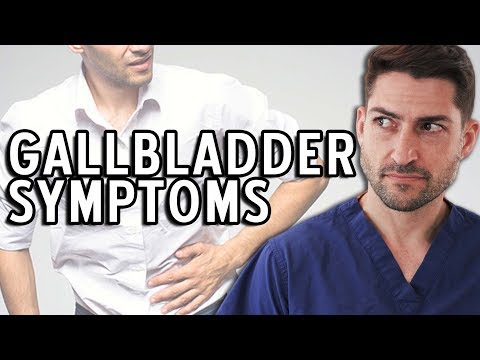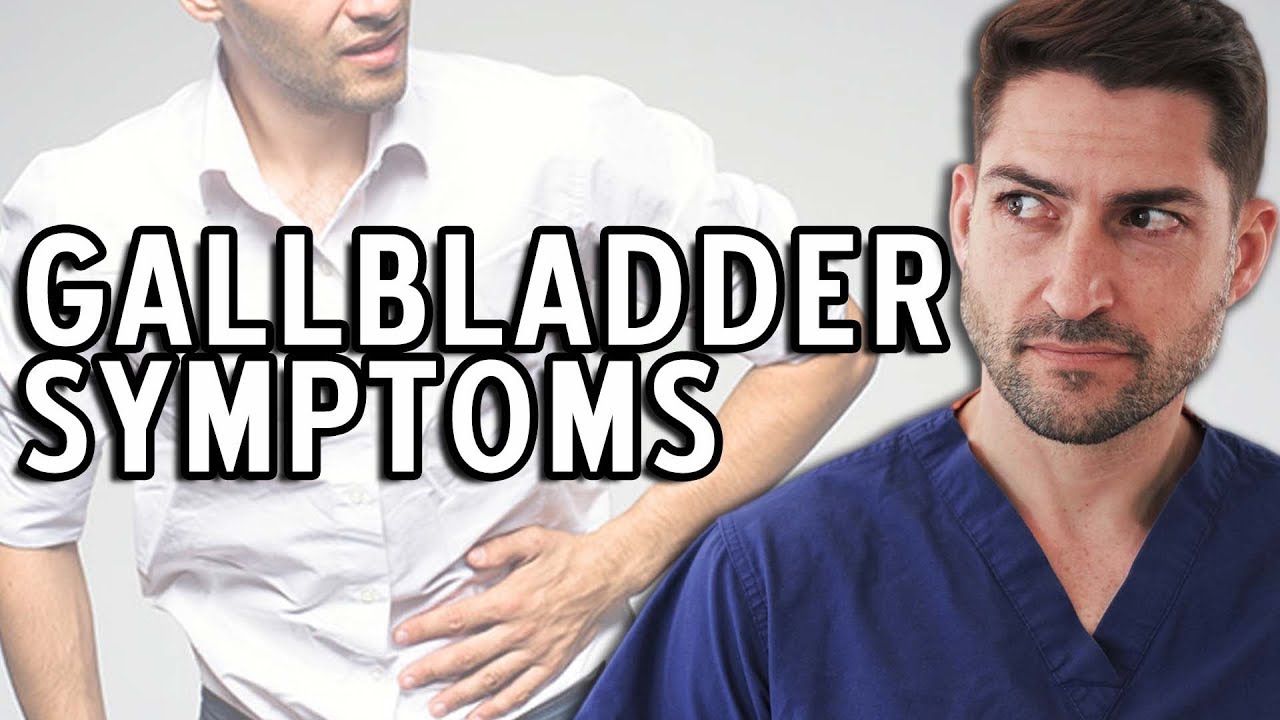Symptoms of gallbladder issues can vary, but they are worth understanding to ensure early detection and appropriate treatment. The gallbladder, a small organ located beneath the liver, plays a crucial role in the digestion of fats. When it malfunctions, certain signs can indicate a problem. Abdominal pain is a common symptom that individuals experience, usually in the upper right or middle part of the abdomen. This pain can range from mild to severe and may come and go. Another telltale sign is jaundice, which is characterized by a yellowing of the skin and eyes. Jaundice occurs when the gallbladder becomes blocked, leading to a buildup of bilirubin in the body. Additionally, nausea and vomiting may accompany gallbladder issues, especially after consuming fatty foods. These symptoms can be quite uncomfortable and may be accompanied by bloating or indigestion. It is essential to be aware of these symptoms as they can indicate underlying gallbladder problems that require medical attention. If you experience any of these signs, it is important to consult a healthcare professional for a proper diagnosis and appropriate treatment options.

Symptoms of Gall Bladder
| Symptom | Description |
|---|---|
| Abdominal pain | Gall bladder related abdominal pain is commonly felt in the upper right quadrant of the abdomen. It may be intermittent or constant and can range from mild discomfort to severe, sharp pain. |
| Nausea and vomiting | Gall bladder issues often result in feelings of nausea and may lead to vomiting. This is due to the disruption of normal bile flow, causing digestive disturbances. |
| Jaundice | When the gall bladder is affected, it can cause a blockage in the bile ducts, leading to a buildup of bilirubin in the bloodstream. This can result in yellowing of the skin and eyes, known as jaundice. |
| Fever and chills | In cases of gall bladder inflammation or infection, patients may experience fever and chills as the body’s immune response tries to fight off the infection or inflammation. |
| Indigestion and bloating | Disrupted bile flow can affect the digestion process, leading to symptoms such as indigestion, bloating, and excessive gas. This can result in discomfort after meals. |
| Back pain | Gall bladder issues can sometimes cause referred pain to the back, particularly between the shoulder blades. This is due to the close proximity of the gall bladder to the spinal nerves in that region. |
Gallbladder Woes: Identifying Symptoms and Taking Action
Symptoms of Gall Bladder Problems: Recognizing the Signs
The gall bladder is a small organ located below the liver, and it plays a crucial role in the digestive process. However, when problems arise, it can cause a range of uncomfortable symptoms. Recognizing the signs of gall bladder issues is essential for early detection and effective treatment. Here are five compelling headings to help you understand the symptoms associated with gall bladder problems:
1. Abdominal Pain:
One of the most common symptoms of gall bladder problems is abdominal pain. This pain is typically felt in the upper right side of the abdomen, just below the rib cage. The intensity of the pain can vary from a dull ache to a sharp, stabbing sensation. It may also radiate to the back or shoulder blades.
In some cases, the pain may worsen after eating fatty or greasy foods, as these can trigger gall bladder contractions. This symptom often occurs when gallstones obstruct the bile duct or when the gall bladder becomes inflamed (a condition known as cholecystitis).
2. Digestive Issues:
The gall bladder plays a vital role in the digestion of fats. When it is not functioning properly, it can lead to various digestive issues. Some common symptoms include:
• Indigestion: Patients may experience persistent indigestion, characterized by bloating, gas, and a feeling of fullness after meals. This occurs because the gall bladder is not releasing enough bile to aid in the digestion of fats.
• Nausea and Vomiting: Gall bladder problems can also cause persistent nausea and occasional vomiting. This is particularly common after consuming fatty or spicy foods.
• Changes in Bowel Movements: Some individuals with gall bladder issues may experience changes in their bowel movements. This can include diarrhea or pale-colored stools, indicating that the body is not properly digesting fats.
3. Jaundice:
Jaundice is a yellowing of the skin and eyes caused by a build-up of bilirubin, a substance produced when red blood cells are broken down. Gallstones or other gall bladder problems can obstruct the bile duct, leading to a backup of bile. This build-up can cause jaundice, a condition characterized by yellow discoloration.
In addition to yellowing of the skin and eyes, individuals with jaundice may also experience dark urine, pale stools, and itching. It is crucial to seek medical attention promptly if jaundice is present, as it can indicate a severe gall bladder problem.
4. Fever and Chills:
Gall bladder problems can lead to inflammation and infection, causing fever and chills. This typically occurs when a gallstone blocks the bile duct, leading to a buildup of bacteria in the gall bladder. The body’s immune response to the infection can result in a fever, accompanied by shivering and chills.
If you experience a persistent fever along with any of the other symptoms associated with gall bladder problems, it is important to seek medical attention immediately. Prompt treatment can help prevent complications and relieve discomfort.
5. Shoulder and Back Pain:
Surprisingly, gall bladder problems can cause pain that radiates to the shoulder and back. This is known as referred pain and occurs because the nerves in the abdomen and diaphragm share a common pathway with the nerves in the shoulder. When the gall bladder becomes inflamed or when gallstones are present, the pain can be referred to the shoulder and back, causing discomfort in these areas.
If you experience unexplained pain or discomfort in your shoulder or back, especially in conjunction with other gall bladder symptoms, it is advisable to consult a healthcare professional for a proper diagnosis.
In conclusion, recognizing the symptoms associated with gall bladder problems is crucial for early detection and timely treatment. Abdominal pain, digestive issues, jaundice, fever and chills, and shoulder and back pain are all common signs that should not be ignored. If you experience any of these symptoms, it is important to consult a healthcare professional to determine the underlying cause and receive appropriate treatment.

